Pre-assessment is Key to Designing with Intention
Catlin Tucker
MARCH 11, 2024
At a recent workshop, a teacher posed a compelling question about the effectiveness of small-group versus whole-group instruction. This inquiry always prompts me to reflect: How many educators gather pre-assessment data before crafting their lesson plans?


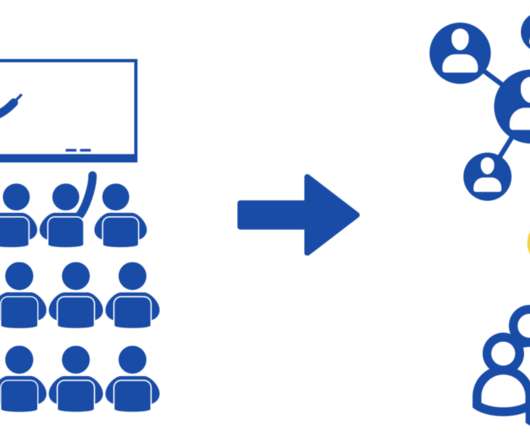

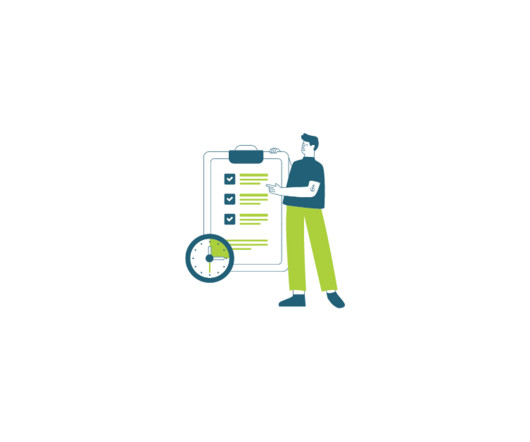
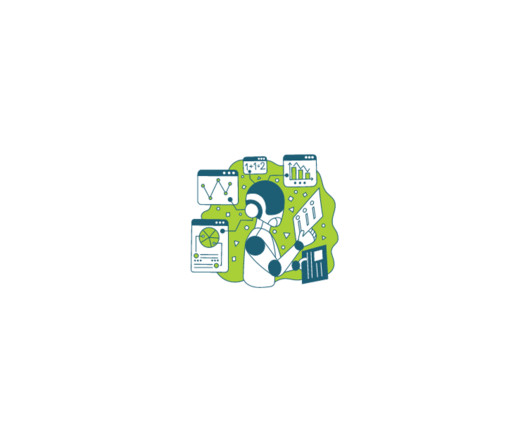
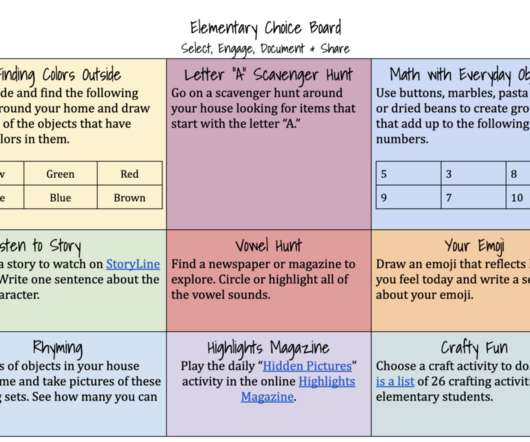

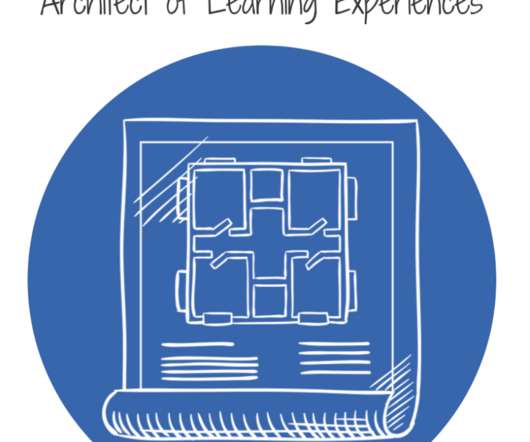



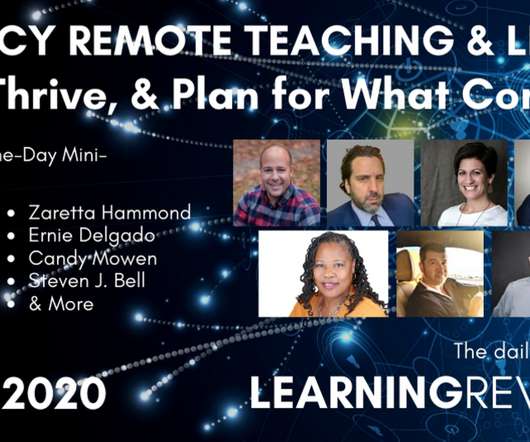
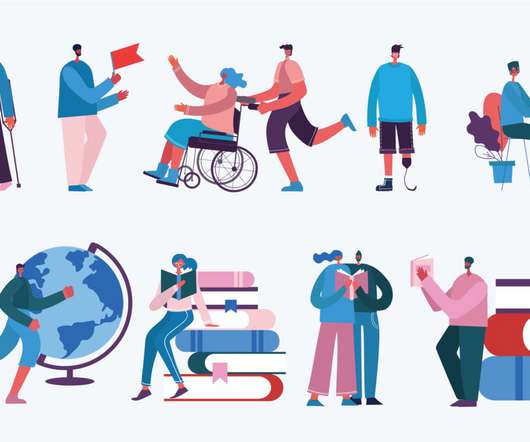
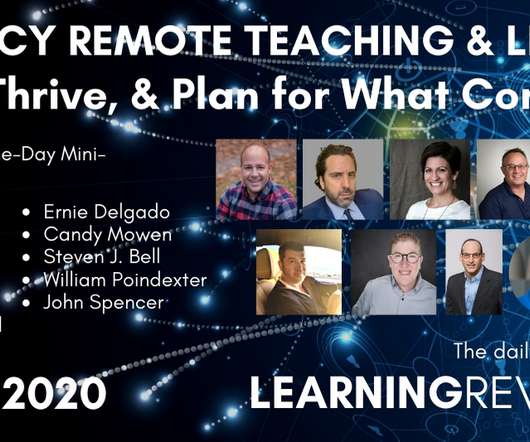









Let's personalize your content